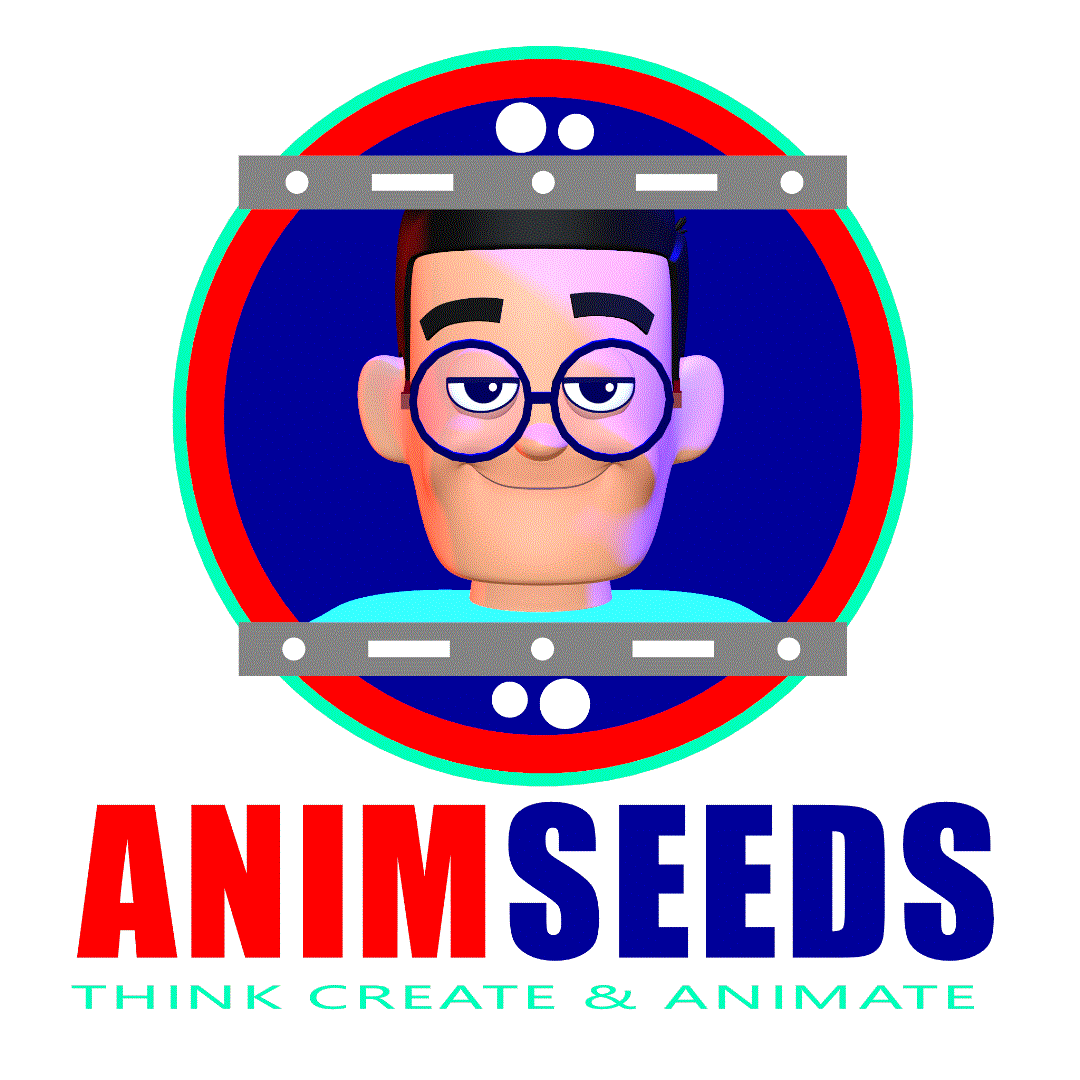The Art of Strong Posing in Animation.
- Animseeds

- Aug 3, 2024
- 4 min read
Updated: Sep 25
In animation, a single pose can tell an entire story. Whether through quick gesture drawings or carefully crafted 3D poses, strong staging is the foundation of believable and appealing performance. The 21 posing principles—like line of action, silhouette clarity, balance, asymmetry, and emotional truth—serve as essential guides for animators to create poses that not only read clearly but also communicate character, weight, and intent. Mastering these principles allows animators to push beyond stiff, lifeless poses and bring energy, rhythm, and storytelling into every frame. Great animation doesn’t start with movement—it starts with a pose that feels alive.

What is posing in animation?
In animation, "posing" is the process of establishing essential postures, or "poses," that specify a character's or object's movement and emotion during a scene. Whether in 2D or 3D, it is an essential component of character animation since it entails creating a character's posture, gesture, and facial expressions to effectively communicate action, emotion, story and plot points.
21 Posing Principles for Animation
1. Line of Action
A single flowing curve that defines the energy and intent of the pose.
Gesture: Start with a sweeping line.
3D: Pose spine, hips, and shoulders to follow one dynamic direction.
2. Silhouette Clarity
The pose must read in shadow form.
Gesture: Draw poses that are clear without internal lines.
3D: Adjust arms/legs away from the body to avoid tangents.
3. Balance & Weight
Every pose should feel physically grounded.
Gesture: Indicate where the weight falls.
3D: Ensure the center of gravity sits correctly over the feet.
4. Contrapposto (Opposites in Hips & Shoulders)
Tilt hips and shoulders in opposite angles for naturalism.
Gesture: Show counter angles.
3D: Twist torso slightly, avoid symmetry.
5. Negative Space
Use gaps between limbs to clarify shapes.
Gesture: Frame spaces cleanly.
3D: Adjust arms/legs to open up design.
6. Asymmetry Over Symmetry
Appeal comes from variation, not mirrored poses.
Gesture: Avoid stiffness by offsetting lines.
3D: Offset arm/leg placement slightly.
7. Hierarchy of Force
One main action drives the pose; others support it.
Gesture: Show primary flow, secondary details later.
3D: Keep one “storytelling” part dominant (e.g., chest forward, arm leading).
8. Twist in the Body
Spines rarely stay flat; add rotation.
Gesture: Show ribcage vs pelvis difference.
3D: Rotate chest/hips slightly off each other.
9. Gesture over Detail
Emotion > anatomy.
Gesture: Don’t worry about fingers, focus on overall sweep.
3D: Block broad strokes before refining fingers/face.
10. Flow of Energy
Arcs guide the viewer’s eye.
Gesture: Link head → torso → limbs in flowing arcs.
3D: Align curves in poses (spine curve into arm flow).
11. Appealing Angles
Avoid parallel lines; use diagonals.
Gesture: Angles between joints should “point” somewhere.
3D: Pose arms/legs at varying angles for visual rhythm.
12. Clear Focus Point
Where should the audience look?
Gesture: Emphasize face, hand, or chest with line weight.
3D: Use stronger angles on storytelling body part.
13. Exaggeration
Push past reality to reach clarity.
Gesture: Stretch torso, bend spine, extend arms.
3D: Over-rotate spine/hips, then dial back if needed.
14. Rhythm of Curves & Straights
Contrast smooth arcs with strong straight lines.
Gesture: Use “C” vs “S” lines.
3D: Pose one arm bent in curve, other with straighter line.
15. Gesture of the Hands
Hands express attitude.
Gesture: Block hand shapes loosely.
3D: Use finger groupings, avoid stiff palms.
16. Gesture of the Head
Head tilt adds thought, emotion, and appeal.
Gesture: Tilt and angle the skull, not just circle.
3D: Offset tilt, chin direction, and eye line.
17. Breath & Chest Volume
Chest conveys life.
Gesture: Show chest expansion.
3D: Lift/drop ribcage slightly for breathing poses.
18. Ground Connection
Feet placement determines stability.
Gesture: Plant feet clearly on the ground plane.
3D: Push heel/toe tilt for weight.
19. Clarity of Overlaps
Overlapping body parts must be readable.
Gesture: Avoid clutter—arms behind torso? Simplify.
3D: Pose so overlapping elements don’t flatten.
20. Emotional Truth
Pose must match intent—fear, pride, exhaustion, joy.
Gesture: Embody character while sketching.
3D: Act out before posing.
21. Appeal & Entertainment Value
Every pose must be visually interesting, not generic.
Gesture: Look for rhythm, energy, storytelling.
3D: Push silhouettes and shapes until they “pop.”
Step-by-Step Posing Workflow Checklist for Animators
1. Listen & Understand 🎧
Audio + emotion
Story point
2. Gesture / Line of Action ➰
Big sweeping curve
Energy + rhythm
3. Balance & Grounding 🦶
Feet placement
Weight shift
4. Spine & Torso Twist 🔄
Contrapposto
Ribcage vs hips
5. Silhouette Clarity 🖤
Shadow readability
Open shapes
6. Asymmetry & Rhythm ↔️
Avoid symmetry
Curves vs straights
7. Hands & Head Gesture ✋🤔
Expressive hands
Head tilt + eye line
8. Negative Space & Overlaps ⬜
Gaps between limbs
Avoid merging
9. Exaggeration 📈
Push appeal
Test extremes
10. Emotional Truth ❤️
Pose = thought
Character’s inner life
Ready to Take Your Animation to the Next Level?
If this breakdown excites you and you’re eager to dive deeper into the craft of animation, the Animseeds Advanced Animation Workshop is the perfect space to grow. You’ll be guided step by step through industry-level workflows, receive professional feedback, and join a community of passionate animators pushing their skills to new heights.




























